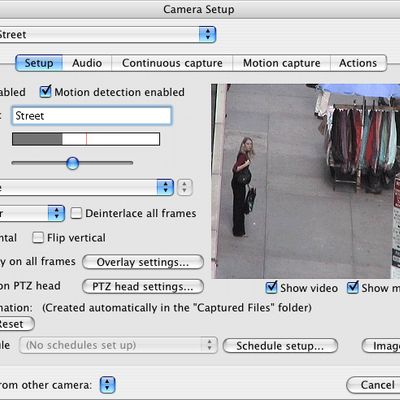

The Ultra series cameras have 60 minutes worth of hard drive memory (2GB) the ability to record, playback, and delete video files a built-in USB port and bundled software installed (see a complete list of specifications). But, if it is perfect for introducing students to video composition, editing techniques, and the rhetorical issues surrounding both.
#FLIP VIDEO CAMERA SOFTWARE FOR MAC PROFESSIONAL#
If your goal is to create professional quality video productions, the Flip may not be for you.

Its wide angle lens helps make it excellent in low-light situations, though zooming in the Ultra series (which we used) is not recommended. It is perfect for a student to take into the field, conduct interviews, and video variety of landscapes. The Flip is designed with a specific purpose: to make video recording, editing, and uploading to the Web as easy as possible. Recommendation 1: Use the Flip Video Camera and get students to play with it right away

I have broken the post into 6 primary recommendations. This post, however, is going to be specifically about how I integrated the Flip Video camera and related software applications into the course.
#FLIP VIDEO CAMERA SOFTWARE FOR MAC ARCHIVE#
I have discussed the YouTube project on this blog and will discuss the oral history video project at a later date (all videos can be found at the Oral History Video Archive YouTube channel). To accomplish this goal, students competed three primary assignments: 1) a semester-long vlog on their own YouTube channels 2) a 3 – 5 minute video on the subject, “ What Does YouTube Mean to You?“ and 3) an 8 – 10 minute oral history video project grounded in oral history research methodologies. In June 2008 I received a grant for 20 Flip Video Cameras (.pdf) to be used in one of the required courses in the Writing Arts undergraduate major at Rowan, “ Writing, Research, and Technology.” The general goal of the course was to extend traditional conceptions of composition by applying it to the medium of video.


 0 kommentar(er)
0 kommentar(er)
